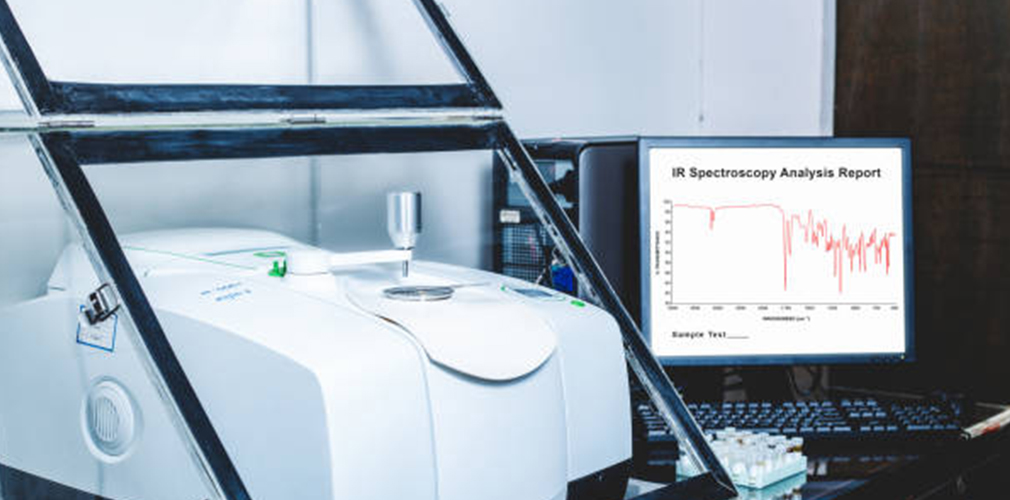
Lensed fibers, fiber optic components, and lasers play crucial roles in various spectroscopy techniques, enabling precise light delivery, efficient signal detection, and enhanced sensitivity. They are utilized in a wide range of spectroscopic applications, including UV-Visible spectroscopy, infrared (IR) spectroscopy, Raman spectroscopy, and fluorescence spectroscopy.
Lensed fibers are commonly used in spectroscopy to efficiently deliver and collect light to and from the sample. The lensed end of the fiber ensures precise focusing of the light onto the sample, maximizing the interaction between the light and the molecules or atoms of interest. Lensed fibers enable improved signal-to-noise ratios, enhanced sensitivity, and higher spatial resolution in spectroscopic measurements.
Fiber optic components, such as filters, collimators, and beam splitters, are essential in spectroscopy setups for manipulating and controlling the light path. Filters are used to selectively transmit or block specific wavelengths of light, allowing for the isolation of the desired spectral range. Collimators ensure that the light is efficiently coupled into and out of the fiber, minimizing losses and maintaining beam quality. Beam splitters are employed to split the light into different paths for simultaneous measurements or to direct the light to different detectors for specific analysis.
Lasers are widely used in spectroscopy as light sources due to their high intensity, narrow linewidth, and tunability. They provide monochromatic and coherent light, which is crucial for precise and accurate spectroscopic measurements. Lasers are utilized in various spectroscopic techniques, such as Raman spectroscopy, where the laser light interacts with the sample, leading to the scattering of light at different wavelengths that provide information about the molecular vibrations and structure of the material.
In fluorescence spectroscopy, lasers are used as excitation sources to induce fluorescence in the sample. The laser light is absorbed by the sample, exciting the molecules or atoms to higher energy levels. When these excited states relax back to the ground state, they emit fluorescence light at longer wavelengths. Lasers with specific wavelengths and high power are employed to efficiently excite the sample and enhance the fluorescence signal.
Furthermore, lasers are utilized in techniques such as cavity ring-down spectroscopy (CRDS) and laser-induced breakdown spectroscopy (LIBS). CRDS uses lasers to measure the decay rate of light in an optical cavity, providing information about the absorption properties of the sample. LIBS employs lasers to generate plasma on the sample surface, which emits characteristic light that can be analyzed to determine the elemental composition of the material.
In summary, lensed fibers, fiber optic components, and lasers are integral components in spectroscopy, enabling precise light delivery, efficient signal detection, and enhanced sensitivity. Their applications in various spectroscopic techniques contribute to advancements in chemical analysis, material characterization, environmental monitoring, and many other fields where spectroscopy plays a crucial role.
 Call us on:
Call us on:  Email Us:
Email Us:  2F, BLDG 6, #168, Changshan IZ, Liulian, Pingdi, Longgang District, Shenzhen, China
2F, BLDG 6, #168, Changshan IZ, Liulian, Pingdi, Longgang District, Shenzhen, China